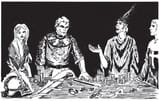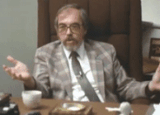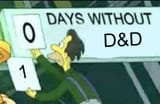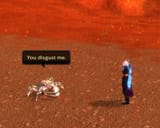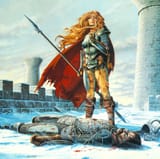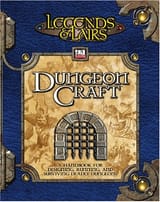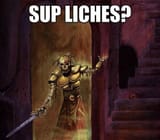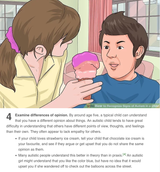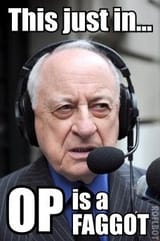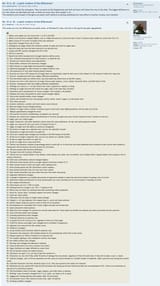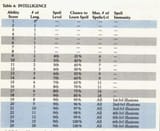Anonymous
7/7/2025, 12:09:59 AM
No.96027303
[Report]
>>96027325
>>96027480
>>96027629
>>96027834
>>96028010
>>96028036
>>96028314
>>96028351
>>96028372
>>96028378
>>96028447
>>96030010
>>96030029
>>96030241
>>96030265
>>96030407
>>96030545
>>96032079
>>96032686
>>96033738
>>96034213
>>96035185
>>96037848
When did the old school end?
At what point in time did D&D cease to be old school? Here are some possible candidates.
2015: Critical Role debuts, beginning a D&D normification process that continued with Stranger Things.
2008: 4th edition releases. Nothing like any previous D&D edition and poorly received. The OSR takes shape.
2000: WotC gains control of D&D and releases 3rd edition, dropping the "Advanced" from the title and ending the Basic line. The complexity and amount of splatbooks implicitly discourage homebrewing.
1989: AD&D 2nd edition is released. Its mechanics, tone and DM advice had drifted away from old-school-style play.
1986: Gygax leaves TSR, though his influence was already waning by that point.
1983: Tipping point where most modules are written with increasing assumptions of plot-based or heroic play. Dragonlance releases the next year.
1979: Advanced Dungeons and Dragons becomes a complete system with the release of its last book. Gygax stated a major motivation for doing so was standardizing the rules and preventing house ruling and unofficial hacks like the Arduin Grimoire. Some of D&D's DIY spirit dies.
1975: Greyhawk Supplement I was released, introducing the thief class and drastically reducing how parties engaged with things like stealth and trapfinding via player description and D&D adjudication. The beginning of "push button on character sheet to win" style play.
1974: The original Dungeons and Dragons is released, packaging and watering down the vibrant and creative campaign run by Dave Arneson, and bringing in tens of thousands of normies. 1974 is considered by most to be the definitive demise of the Old School.
2015: Critical Role debuts, beginning a D&D normification process that continued with Stranger Things.
2008: 4th edition releases. Nothing like any previous D&D edition and poorly received. The OSR takes shape.
2000: WotC gains control of D&D and releases 3rd edition, dropping the "Advanced" from the title and ending the Basic line. The complexity and amount of splatbooks implicitly discourage homebrewing.
1989: AD&D 2nd edition is released. Its mechanics, tone and DM advice had drifted away from old-school-style play.
1986: Gygax leaves TSR, though his influence was already waning by that point.
1983: Tipping point where most modules are written with increasing assumptions of plot-based or heroic play. Dragonlance releases the next year.
1979: Advanced Dungeons and Dragons becomes a complete system with the release of its last book. Gygax stated a major motivation for doing so was standardizing the rules and preventing house ruling and unofficial hacks like the Arduin Grimoire. Some of D&D's DIY spirit dies.
1975: Greyhawk Supplement I was released, introducing the thief class and drastically reducing how parties engaged with things like stealth and trapfinding via player description and D&D adjudication. The beginning of "push button on character sheet to win" style play.
1974: The original Dungeons and Dragons is released, packaging and watering down the vibrant and creative campaign run by Dave Arneson, and bringing in tens of thousands of normies. 1974 is considered by most to be the definitive demise of the Old School.
